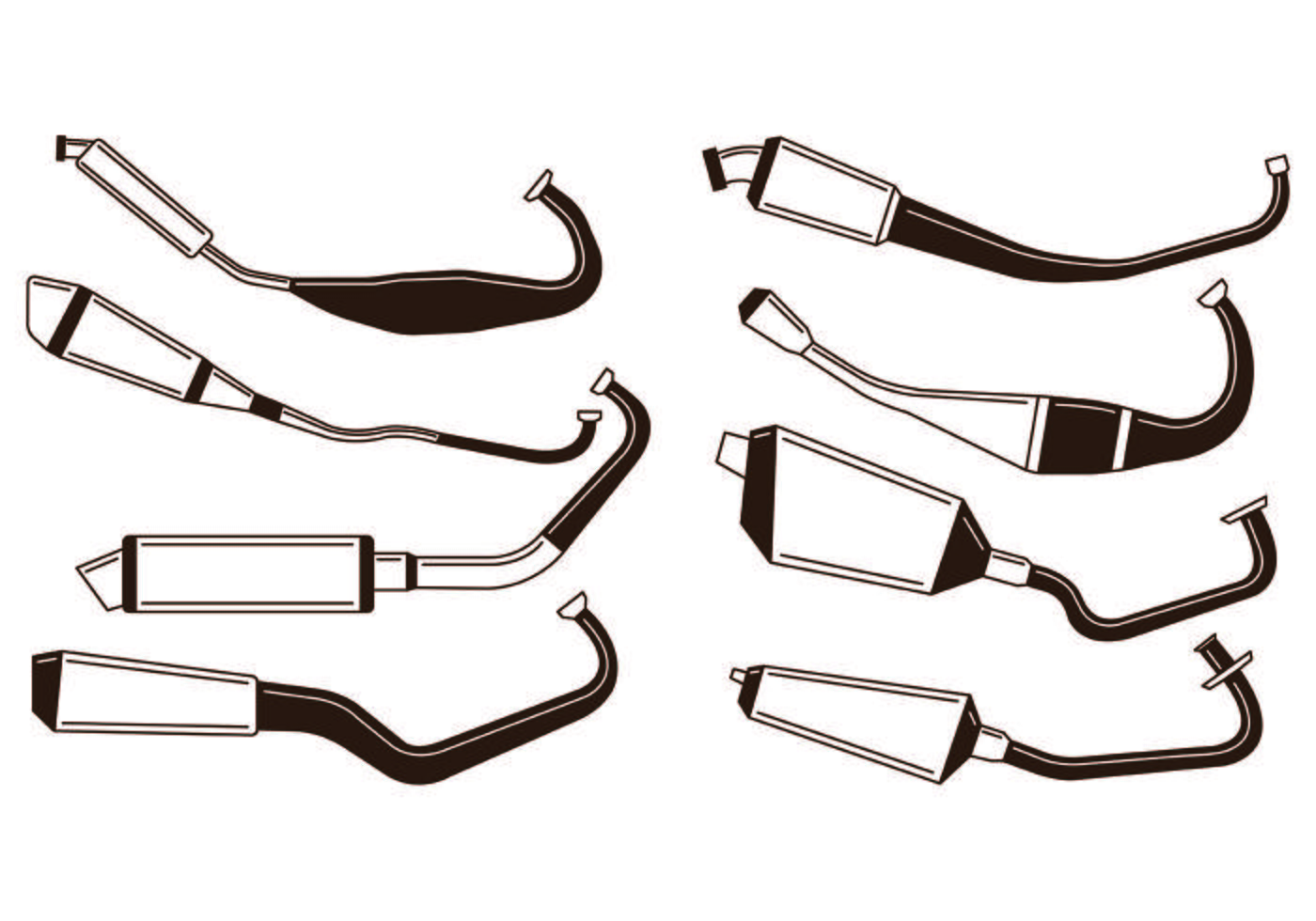Introduction
We get it. That deep, throaty rumble of an aftermarket exhaust is hard to resist. For many superbike riders, the very first thing they do is ditch the stock exhaust and bolt on something louder. But here’s the thing—when you change your exhaust, you’re not just changing the sound. You’re modifying how your engine breathes, and that has consequences. This article isn’t here to scare you, but to help you make an informed choice. Because once you realize what’s really happening under the hood (or rather, under the fairing), you might want to rethink the “just a slip-on” mindset.
The Role of the ECU
Every modern superbike comes with an ECU (Engine Control Unit), which is essentially the brain of the machine. The ECU manages air-fuel mixture, ignition timing, throttle response, and more. It does this based on predefined maps, which are carefully tuned for the stock setup—including the stock exhaust.
Once you change any part of the breathing system (intake or exhaust), you’re deviating from the conditions those maps were designed for. Think of it like putting on someone else’s prescription glasses—it still works, kind of, but not as well as it should.
Why the Exhaust Matters
Your exhaust system isn’t just a tube that carries gases away. It affects how your engine performs by influencing back pressure and exhaust flow. Back pressure isn’t always bad—a certain amount helps with low-end torque. Remove it entirely and you may gain top-end power but lose drivability down low.
And then there are the oxygen sensors (O2 sensors), often located in the exhaust headers. These sensors constantly feed data to the ECU to help it maintain the right air-fuel ratio. A change in exhaust design can mess with this data, making the ECU either overcompensate or do nothing at all—depending on how much freedom it’s been given.
The Myth: “Modern ECUs Can Adjust on Their Own”
A common defense is, “But modern ECUs are smart enough to adapt.” Well, yes and no. Most ECUs operate in two modes:
- Closed-loop, where the ECU listens to the O2 sensors and makes small adjustments.
- Open-loop, where it relies on preset maps and doesn’t adapt in real-time.
The closed-loop zone typically only covers low to mid RPMs and light throttle. So while your bike might seem fine on a casual city ride, it’s not adapting at wide-open throttle—where most of the real action happens. That’s where you need a retune or a piggyback system that can remap your fuel delivery accurately.
Isn’t It “Just a Muffler”?
That’s the common thinking. After all, the muffler is just for silencing, right? Not quite.
Modern stock exhausts (especially on superbikes) are part of a tightly tuned system. Even the muffler contributes to:
- Back pressure
- Exhaust gas velocity
- Resonance tuning
- O2 sensor feedback (if mounted close)
When you swap it for an aftermarket can—even a slip-on—you might:
- Change the back pressure characteristics
- Alter the timing of pressure waves (scavenging effect)
- Shift the torque curve slightly
- Affect sensor readings if placement shifts
Stages of Modification: Why They Exist
When tuners talk about Stage 1, 2, or 3 mods, they aren’t just making it up. These stages represent increasing levels of performance changes that require corresponding tuning adjustments. A slip-on exhaust might be considered a Stage 1 mod, but even that can disrupt the air-fuel balance enough to warrant attention.
Someone smarter than us already did the math. Following these stages isn’t about being fancy—it’s about maintaining reliability and extracting real performance, not just noise.
What Can Go Wrong Without Tuning
- Poor throttle response
- Erratic idle
- Overheating
- Lean or rich mixtures
- Increased engine wear
- Check engine lights
Some of these issues won’t show up immediately, but over time, the damage adds up. It’s like running a marathon on a half-empty stomach—you might finish, but it won’t be pretty.
So… What Should You Do?
We’re not saying don’t mod your bike. Just do it smart. Here’s how:
- Do your research. Understand what type of exhaust you’re installing (slip-on vs full system).
- Talk to a tuner. Especially if you’re planning other mods down the line.
- Check your bike’s behavior post-install. Idle changes? Hesitation? That’s your bike asking for help.
- Consider a fuel controller or ECU flash if you’re doing anything beyond cosmetics.
- Respect the engineering. Your bike isn’t just a machine—it’s a system. Everything works together.
Conclusion
Changing your exhaust isn’t a sin. But doing it blindly might be. It’s a mod—a performance change—and deserves to be treated like one. Your bike’s stock setup was engineered with precision. If you want to tweak it, go ahead. Just know what you’re tweaking, and why. Because real power comes not from sound, but from understanding.

This initiative is led by superbiker Suraj Naik, a passionate enthusiast of biking and DIY mechanics. If you’re as passionate about bikes, performance, and DIY tuning as I am, let’s stay connected!
I regularly share tuning insights, behind-the-scenes workshop work, and real talk about superbike life. Join the community and let’s keep the wrenching spirit alive. Check out my website https://bikersworkshop.com/ and join me on WhatsApp community and my social media channels by clicking on following links.
